Sourav Pan
Transcript
Hey everyone! Today we’re diving into the fascinating world of zooplankton. These are tiny, drifting animals that float through our oceans, lakes, and rivers.
The name zooplankton comes from two Greek words. ‘Zoon’ means animal, and ‘planktos’ means drifter or wanderer. So zooplankton literally means ‘drifting animals’.
Unlike fish that can swim powerfully against currents, zooplankton are weak swimmers. They drift wherever the water currents take them, like tiny passengers on an ocean highway.
Zooplankton are incredibly important in aquatic ecosystems. They serve as a crucial link in the food web, connecting tiny microscopic plants called phytoplankton to much larger animals like fish.
Think of zooplankton as nature’s middlemen – they eat the tiny plants and then become food for bigger animals. Without them, the ocean’s food web would collapse!
Zooplankton have several fascinating characteristics that make them unique in aquatic ecosystems. Understanding these traits helps us appreciate their crucial role in marine and freshwater environments.
First, zooplankton are heterotrophic, which means they cannot produce their own food like plants do. Instead, they must consume other organisms to survive and obtain energy.
Second, zooplankton are drifters. They rely primarily on water currents for movement, but many species can swim short distances to avoid predators or find food.
Third, zooplankton are incredibly diverse. They range from simple single-celled protists to complex multicellular animals, representing many different groups of life.
Fourth, zooplankton vary tremendously in size. They can be microscopic, measuring just a few micrometers, or quite large, reaching several centimeters in length.
Fifth, zooplankton live in various aquatic environments. They thrive in oceans, lakes, rivers, and ponds, adapting to different water conditions and temperatures.
Finally, many zooplankton exhibit daily vertical migration. During the day, they hide in deeper, darker waters to avoid predators. At night, they rise to surface waters to feed on phytoplankton.
Scientists classify zooplankton into six main size categories, ranging from microscopic organisms smaller than bacteria to creatures visible to the naked eye.
Let’s explore each size category, starting with the smallest. Picozooplankton are less than 2 micrometers – so tiny they’re barely visible even under a microscope.
Nanozooplankton range from 2 to 20 micrometers. These include many single-celled protozoans that feed on even smaller organisms and bacteria.
Microzooplankton, measuring 20 to 200 micrometers, include small copepods and other tiny crustaceans. They’re still microscopic but play crucial roles in marine food webs.
Mesozooplankton range from 0.2 to 20 millimeters. This group includes larger copepods, small jellyfish, and many larval forms. They’re often the most abundant zooplankton in marine ecosystems.
Macrozooplankton, measuring 20 to 200 millimeters, include krill, larger jellyfish, and fish larvae. These are easily visible and form important food sources for fish and marine mammals.
Finally, megazooplankton are the giants, over 200 millimeters long. This includes large jellyfish, siphonophores, and other massive drifting creatures that can be several meters in length.
To help you understand the scale, remember that micrometers are incredibly small – one thousand micrometers equal just one millimeter.
Size determines many aspects of zooplankton ecology. Smaller zooplankton typically eat bacteria and tiny phytoplankton, while larger ones can consume other zooplankton and even small fish. Size also affects who can eat them – tiny zooplankton feed small fish, while giant jellyfish might only be eaten by large predators like sea turtles.
Zooplankton can also be classified based on how they spend their life cycles. This classification reveals fascinating differences in how these organisms develop and move through aquatic ecosystems.
There are two main categories based on developmental stages. Holoplankton spend their entire lives drifting as plankton, while meroplankton are only planktonic during their larval stages.
Holoplankton, like copepods and krill, remain planktonic throughout their entire life cycle. From egg to juvenile to adult, they continue drifting in the water column, never settling on the bottom or becoming strong swimmers.
Meroplankton have a very different life strategy. They start as planktonic larvae, drifting in the water column. But as they develop, they undergo metamorphosis and transition to become either bottom-dwelling benthic organisms or strong-swimming nektonic animals.
Common examples of holoplankton include copepods, krill, and some jellyfish species. These organisms never leave the planktonic lifestyle. Meroplankton examples include fish larvae, mollusk larvae, and crab larvae that eventually settle or become active swimmers.
This classification is crucial for understanding ecosystem dynamics. Meroplankton serve as living bridges, connecting the planktonic world with benthic and nektonic communities. They transport energy and nutrients between these different marine environments, making them essential for overall ocean health.
Zooplankton can be classified into different taxonomic groups based on their structural and functional characteristics. This classification helps us understand their diversity and ecological roles.
There are two major taxonomic groups of zooplankton. Protozoans are single-celled organisms, while metazoans are multicellular organisms. Each group has distinct characteristics and plays different roles in aquatic ecosystems.
Protozoans consist of just one cell that performs all life functions. Metazoans have many cells working together, with different cells specialized for different functions.
Now let’s explore specific examples within each taxonomic group to understand their diversity and characteristics.
Protozoans include several important groups. Zooflagellates use whip-like structures called flagella for movement. Foraminiferans build protective shells from calcium carbonate. Radiolarians create beautiful, intricate skeletons made of silica.
Now let’s examine the metazoans, which are much more complex multicellular organisms.
Metazoans include many familiar groups. Cnidarians like jellyfish have specialized stinging cells for capturing prey. Copepods are tiny crustaceans and the most abundant multicellular animals in the sea. Krill are larger shrimp-like creatures that serve as a crucial food source for whales and other large marine animals.
Understanding these taxonomic groups helps us appreciate the incredible diversity of zooplankton. From simple single-celled protozoans to complex multicellular metazoans, each group has evolved unique adaptations for life in aquatic environments.
Zooplankton can be classified based on their feeding strategies – what they choose to eat in the aquatic environment. This classification helps us understand how energy flows through marine food webs.
Herbivores are zooplankton that primarily feed on phytoplankton – the microscopic plants floating in the water. Copepods are excellent examples of herbivorous zooplankton, using their specialized feeding appendages to filter phytoplankton from the water.
Carnivorous zooplankton are the hunters of the plankton world. They actively prey on other zooplankton, including smaller copepods and larvae. Jellyfish are prime examples, using their stinging tentacles to capture and paralyze their prey.
Omnivorous zooplankton have the most flexible diet, feeding on both phytoplankton and other zooplankton. This adaptability allows them to survive in changing conditions. Many krill species are omnivores, switching between plant and animal food sources depending on availability.
Detritivores are the recyclers of the ocean, feeding on dead organic matter called detritus. This includes dead phytoplankton, fecal pellets, and other decomposing material. These organisms play a crucial role in nutrient cycling by breaking down organic matter and returning nutrients to the water.
These different feeding strategies create a complex web of energy transfer in aquatic ecosystems. Understanding how zooplankton feed helps scientists predict how changes in the environment might affect the entire food web.
Each feeding strategy represents a different ecological niche, allowing multiple species to coexist in the same environment by utilizing different food sources. This diversity in feeding strategies makes zooplankton communities incredibly resilient and important for marine ecosystem stability.
Zooplankton have incredibly diverse diets that vary based on their size, type, and where they live in the water. Let’s explore the different foods that keep these tiny drifters alive and thriving.
The primary food source for most zooplankton is phytoplankton – microscopic plants that float in the water. These tiny green organisms use sunlight to make their own food through photosynthesis, and they form the base of most aquatic food webs.
Zooplankton also consume bacterioplankton, which are bacteria floating freely in the water column. These microscopic organisms are incredibly abundant and provide essential nutrients for many zooplankton species.
Some zooplankton are carnivorous, meaning they hunt and eat other zooplankton. This creates a complex food web where larger zooplankton prey on smaller ones, demonstrating the predator-prey relationships within the plankton community.
Zooplankton also feed on detritus, which consists of dead organic matter that sinks through the water column. This includes decomposing plant and animal material, providing an important source of nutrients for many filter-feeding zooplankton.
Occasionally, larger zooplankton may even capture and eat small nektonic organisms – creatures that can swim actively through the water. This includes tiny fish larvae, small crustaceans, and other swimming organisms that venture too close.
The diet of zooplankton depends on three main factors: their size, their type, and their location in the water. Smaller zooplankton typically eat bacteria and tiny phytoplankton, while larger species can capture bigger prey. This dietary diversity makes zooplankton incredibly important in transferring energy through aquatic food webs.
Jellyfish are perfect examples of macroscopic zooplankton. Unlike the tiny microscopic zooplankton we’ve discussed, jellyfish are large enough to see with the naked eye, yet they still drift with ocean currents like all plankton.
Jellyfish have a distinctive gelatinous bell-shaped body and long flowing tentacles. These tentacles are equipped with specialized stinging cells called nematocysts, which they use to capture and paralyze their prey.
As predators, jellyfish drift through the water and capture small organisms that come into contact with their tentacles. When prey touches the tentacles, the stinging cells fire, injecting toxins that immobilize the victim.
However, jellyfish are not just predators – they are also important prey for larger marine animals. Sea turtles, for example, feed extensively on jellyfish, making them a crucial link in the marine food web.
This dual role makes jellyfish essential components of marine ecosystems. They help control populations of smaller organisms while providing food for larger predators, demonstrating the interconnected nature of ocean food webs.
As gelatinous zooplankton, jellyfish represent one of the most visible and recognizable examples of how these drifting organisms play vital roles in marine ecosystems, from the smallest microscopic levels to the largest ocean predators.
Krill are fascinating small crustaceans that look like tiny shrimp. Despite their small size, they play an enormous role in ocean ecosystems around the world.
Most krill species are quite small, typically measuring between 10 to 25 millimeters in length. That’s about the size of your fingernail, yet they form some of the largest animal aggregations on Earth.
Krill are filter feeders that primarily eat phytoplankton – microscopic plants that float in the water. They use their feathery legs to create water currents that bring these tiny organisms into their mouths.
Krill serve as a crucial food source for many marine animals. Massive whales, agile penguins, sleek seals, and countless fish species all depend on krill for survival, making them a keystone species in ocean food webs.
Antarctic krill are particularly important, forming massive swarms that can contain millions of individuals. Scientists estimate that Antarctic krill have a total biomass of around 500 million tons, making them one of the most abundant animal species on Earth.
Krill are also commercially harvested for human consumption and various industrial uses. They’re processed into nutritional supplements, used as feed in aquaculture, and valued for their high omega-3 fatty acid content.
Krill may be small, but they’re mighty. These tiny crustaceans support entire ocean ecosystems, from the smallest fish to the largest whales, while also providing valuable resources for human use. Their role as a keystone species makes them essential for healthy marine environments worldwide.
Conger eel larvae, scientifically known as leptocephalus larvae, represent one of the most fascinating examples of zooplankton in our oceans.
These remarkable larvae have a completely transparent, ribbon-like appearance that makes them nearly invisible in the water. Their flattened, elongated bodies can stretch several centimeters in length while remaining incredibly thin.
As true zooplankton, leptocephalus larvae drift with ocean currents, unable to swim strongly against the water’s movement. They can spend months or even years floating in the open ocean before undergoing metamorphosis.
These larvae are filter feeders, consuming marine snow – a mixture of dead plankton, fecal pellets, and other organic particles that drift down through the water column like underwater snowflakes.
After their extended larval period, these transparent ribbons undergo a dramatic metamorphosis, transforming into the familiar elongated form of juvenile eels that we recognize.
By consuming marine snow and organic particles, leptocephalus larvae play an important role in nutrient cycling within marine ecosystems, helping to transfer energy and nutrients through different levels of the ocean food web.
Conger eel larvae demonstrate how some zooplankton represent temporary life stages of larger marine animals, spending extended periods as drifting filter feeders before transforming into their adult forms.
Segmented worm larvae, also known as polychaete larvae, represent another fascinating example of zooplankton. These are the free-swimming babies of marine segmented worms.
These tiny larvae have segmented bodies with bristles called chaetae, which help them move through the water. Each segment contains muscles that allow the larva to swim and navigate the ocean currents.
Polychaete larvae have a remarkable two-stage life cycle. They begin as planktonic larvae, drifting freely in ocean currents and feeding on tiny particles and phytoplankton.
After weeks or months of planktonic life, these larvae undergo metamorphosis and settle to the ocean floor, becoming benthic adults that live in sediment or on hard surfaces.
During their planktonic stage, segmented worm larvae are active filter feeders. They capture phytoplankton and small organic particles from the surrounding water using specialized feeding structures.
Watch as the larva moves through the water, collecting food particles. This feeding activity makes them important contributors to the planktonic food web, transferring energy from primary producers to higher trophic levels.
Segmented worm larvae demonstrate the complex life cycles found in marine ecosystems. As temporary members of the zooplankton community, they play crucial roles in connecting different ocean habitats and transferring nutrients between planktonic and benthic environments.
The ocean contains many other fascinating examples of zooplankton, each with unique characteristics and ecological roles. Let’s explore five important groups that showcase the incredible diversity of these drifting animals.
First, we have copepods – tiny crustaceans that are actually the most abundant multicellular animals in the entire ocean. These remarkable creatures measure only one to two millimeters long but exist in such vast numbers that they form the foundation of marine food webs.
Cladocerans, commonly known as water fleas, are small planktonic crustaceans particularly abundant in coastal waters. Despite their name, they’re not actually fleas but get this nickname from their jerky swimming motion as they hop through the water.
Radiolarians are single-celled protozoans famous for their incredibly intricate silica skeletons. These microscopic artists create some of the most beautiful geometric patterns in nature, with their glass-like shells forming complex spherical structures.
Foraminiferans are another group of single-celled protozoans, but these create shells made of calcium carbonate instead of silica. Their shells often form beautiful spiral patterns, and when they die, these shells accumulate on the ocean floor, sometimes forming entire limestone deposits.
Finally, we have fish larvae, also called ichthyoplankton. These are temporary members of the zooplankton community – baby fish that drift with the currents before growing large enough to swim actively. They represent the next generation of fish species and are crucial for maintaining fish populations.
These five examples showcase the remarkable diversity of zooplankton – from the most abundant copepods to the artistic radiolarians, from temporary fish larvae to the intricate shells of foraminiferans. Each plays a vital role in ocean ecosystems.
Zooplankton serve as the vital bridge in aquatic food chains, connecting the microscopic world of primary producers to the larger marine animals we’re familiar with.
At the base of the food chain, we have phytoplankton – tiny plant-like organisms that use sunlight to produce energy through photosynthesis. These microscopic producers form the foundation of marine ecosystems.
Zooplankton occupy the crucial middle position in this food web. They actively consume phytoplankton, converting this primary production into a form that larger animals can access and utilize.
Fish and seabirds represent the next trophic level. These animals depend heavily on zooplankton as their primary food source, especially during their early life stages when they’re too small to hunt larger prey.
At the top of the food chain, we find marine mammals like whales, dolphins, and seals. Many of these large animals either feed directly on zooplankton or consume fish that depend on zooplankton for survival.
The efficiency of this energy transfer is remarkable. Zooplankton can convert up to 30 percent of the phytoplankton they consume into their own body mass, making them incredibly efficient at moving energy up the food chain.
Without zooplankton, this entire system would collapse. They are irreplaceable because they’re the only organisms that can efficiently bridge the size gap between microscopic phytoplankton and larger marine animals.
This critical role makes zooplankton one of the most important groups of organisms on Earth. They support fisheries that feed billions of people and maintain the ocean ecosystems that regulate our planet’s climate.
Zooplankton play a crucial role in biogeochemistry – the study of how chemical elements cycle through marine ecosystems. They act as living chemical processors, transforming nutrients and carbon as they move through the water.
Zooplankton contribute to biogeochemistry through three main processes. Each process transforms and moves chemical elements through the marine environment.
First, feeding. When zooplankton consume phytoplankton and other organic matter, they break down complex molecules and absorb nutrients like carbon, nitrogen, and phosphorus into their bodies.
Second, excretion. Zooplankton release dissolved organic matter, or DOM, back into the water. This includes nutrients that other organisms can use, creating a continuous cycle of chemical elements.
Third, fecal pellet production. Zooplankton create dense, sinking pellets that package carbon and nutrients. These pellets are like tiny submarines carrying chemical elements to deeper waters.
These three processes work together to create what scientists call the biological pump – a natural system that transports carbon from surface waters to the deep ocean.
In the surface ocean, zooplankton consume carbon-rich phytoplankton. Through their feeding, excretion, and fecal pellet production, they package this carbon and send it downward to the deep ocean.
This biological pump is incredibly important for our planet’s climate. By moving carbon to the deep ocean, zooplankton help remove carbon dioxide from the atmosphere, acting like a natural climate regulator.
The biogeochemical role of zooplankton shows us how these tiny organisms have a massive impact on global chemical cycles, connecting surface productivity to deep ocean storage.
Remember these key points: zooplankton are living chemical processors that cycle carbon and nutrients. They power the biological pump through their daily activities, helping regulate Earth’s climate by moving carbon from the atmosphere to the deep ocean.
Zooplankton play a crucial role in Earth’s carbon cycle through a process called carbon export. This process helps regulate our planet’s climate by moving carbon from the surface ocean to the deep ocean.
When zooplankton feed on phytoplankton, they consume carbon that the phytoplankton captured from carbon dioxide in the atmosphere through photosynthesis.
After digesting their food, zooplankton produce fecal pellets. These small, dense packages contain concentrated carbon from the phytoplankton they consumed.
Because fecal pellets are denser than seawater, they sink rapidly through the water column, carrying their carbon cargo down to the deep ocean.
Once in the deep ocean, this carbon can remain stored for hundreds to thousands of years, effectively removing it from the atmosphere and helping to regulate Earth’s climate.
This process, known as the biological pump, is essential for Earth’s climate system. By transporting carbon from the surface to the deep ocean, zooplankton help reduce the amount of carbon dioxide in our atmosphere.
Through this remarkable process, zooplankton help remove billions of tons of carbon dioxide from the atmosphere each year, making them crucial allies in maintaining Earth’s climate balance.
Climate change poses serious threats to zooplankton populations worldwide. Rising ocean temperatures and increasing acidification are fundamentally altering marine ecosystems.
As ocean temperatures rise, zooplankton face multiple physiological challenges. Warmer waters increase their metabolic rates, forcing them to use more energy just to survive.
Higher temperatures reduce zooplankton growth rates and reproductive success. Many species become smaller, weaker, and produce fewer offspring in warmer conditions.
Ocean acidification is another major threat. As the ocean absorbs more carbon dioxide from the atmosphere, seawater becomes more acidic, lowering the pH.
Acidification severely affects zooplankton with calcium carbonate shells and skeletons. The acid dissolves their protective structures, making them vulnerable and weak.
Climate change creates a cascade of problems for zooplankton. These tiny organisms face reduced growth, damaged protective structures, and shifting habitat ranges, threatening entire marine food webs.
Understanding these climate threats is crucial for protecting marine ecosystems. Zooplankton are foundational to ocean life, and their decline affects everything from fish populations to global carbon cycles.
Pollution poses serious threats to zooplankton populations worldwide. These tiny organisms face multiple forms of contamination that can severely impact their survival and reproduction.
Chemical pollution from industrial waste, pesticides, and oil spills creates toxic environments for zooplankton. These chemicals can disrupt their nervous systems, reproduction, and basic cellular functions.
Microplastics are particularly dangerous because zooplankton mistake them for food. These tiny plastic particles cannot be digested and accumulate in their bodies, leading to malnutrition and starvation.
Excessive nutrients from fertilizers and sewage cause massive algal blooms. While this might seem beneficial, these blooms actually create dead zones by consuming all available oxygen when they decompose.
As oxygen levels drop, zooplankton struggle to survive. Many species cannot tolerate these hypoxic conditions and either die or are forced to migrate to other areas.
Pollution threatens zooplankton through multiple pathways: toxic chemicals disrupt their biology, microplastics cause physical harm and starvation, and nutrient pollution creates oxygen-depleted dead zones. Protecting these vital organisms requires reducing all forms of aquatic pollution.
Zooplankton face serious threats from invasive species and overexploitation. These threats can disrupt entire marine ecosystems in ways that cascade through the food web.
First, let’s examine invasive species. In a healthy ecosystem, native zooplankton populations maintain stable numbers and occupy their ecological niches.
When invasive zooplankton species are introduced, they often have advantages over native species. They may reproduce faster, eat more efficiently, or lack natural predators in their new environment.
The invasive species outcompete native zooplankton for food and space. As competition intensifies, native populations begin to decline while invasive populations grow.
Now let’s examine overexploitation. In a balanced ecosystem, fish predators control zooplankton populations through natural predation.
When overfishing removes too many predator fish, the natural balance is disrupted. With fewer predators to control them, zooplankton populations can explode beyond sustainable levels.
These threats create cascading effects throughout the entire ecosystem. When zooplankton populations are disrupted, it affects every level of the food web, from primary producers at the bottom to large predators at the top.
The key takeaways are clear: invasive species can displace native zooplankton through competition, overfishing disrupts the natural predator-prey balance, and both threats create cascading effects that impact the entire marine ecosystem.
Water quality changes pose serious threats to zooplankton communities. Four key environmental factors can dramatically alter their survival and distribution in aquatic ecosystems.
Let’s examine how each water quality parameter affects zooplankton. First, nutrient levels – particularly nitrogen and phosphorus – control the food supply. Too few nutrients mean less phytoplankton food, while too many nutrients can create toxic algal blooms.
Temperature changes affect zooplankton metabolism and reproduction. Warmer water speeds up their life cycles but can also stress them beyond their tolerance limits. Cold water slows their growth and reduces their activity levels.
pH levels determine water acidity or alkalinity. Zooplankton are sensitive to pH changes because it affects their ability to build shells and maintain cellular functions. Ocean acidification from carbon dioxide is a growing concern.
Conductivity measures dissolved salts and ions in water. Changes in salinity affect zooplankton’s ability to regulate water in their bodies. Freshwater species cannot survive in saltwater, and marine species struggle in diluted conditions.
When multiple water quality parameters change simultaneously, zooplankton communities face compound stress. Species composition shifts as sensitive species disappear and only the most tolerant survive.
These changes in zooplankton communities create ripple effects throughout the entire food web. Fish, seabirds, and marine mammals that depend on zooplankton for food face reduced prey availability, affecting the entire ecosystem’s stability.
Protecting water quality is essential for maintaining healthy zooplankton populations. Monitoring these key parameters helps scientists detect problems early and take action to preserve these vital marine communities.
Zooplankton provide incredible benefits to marine ecosystems, serving as the foundation that maintains entire food webs. They are truly the unsung heroes of our oceans.
At the base of the food web, phytoplankton capture energy from sunlight. Zooplankton then consume these tiny plants, becoming a crucial link that transfers this energy to higher levels of the food chain.
Small fish depend heavily on zooplankton as their primary food source. Without zooplankton, these fish populations would collapse, disrupting the entire marine ecosystem.
Many marine mammals, including whales, rely directly on zooplankton for survival. Baleen whales can consume millions of zooplankton in a single feeding session, making them essential for whale populations worldwide.
Seabirds also benefit from zooplankton, either by eating them directly or by feeding on the fish that consume zooplankton. This creates a complex web of interdependence throughout marine ecosystems.
The energy doesn’t stop there. Larger predatory fish feed on the smaller fish that eat zooplankton, creating multiple levels in the food web. This demonstrates how zooplankton support the entire marine food pyramid.
The numbers are staggering. Over seventy percent of marine animals depend either directly or indirectly on zooplankton for their survival. This makes them absolutely critical for maintaining healthy ocean ecosystems.
Zooplankton also support global fisheries, which provide food and livelihoods for millions of people worldwide. By maintaining healthy zooplankton populations, we ensure sustainable fishing industries and food security for coastal communities.
By serving as this critical link, zooplankton maintain the delicate balance of marine food webs. They ensure that energy flows efficiently from the smallest plants to the largest predators, keeping our ocean ecosystems healthy and productive.
Zooplankton provide two critical benefits to marine ecosystems: nutrient recycling and carbon sequestration. These processes are fundamental to maintaining healthy and productive oceans.
Nutrient recycling begins when zooplankton feed on phytoplankton and other organic matter in surface waters. This feeding process is the first step in an essential cycle.
As zooplankton consume phytoplankton, they break down the organic matter and extract nutrients. Through digestion and excretion, they release dissolved nutrients back into the water.
The nutrients released include nitrogen, phosphorus, and other essential elements. These dissolved nutrients become available for new phytoplankton to use for growth and reproduction.
These recycled nutrients fuel primary production, allowing new phytoplankton to grow. This creates a continuous cycle that maintains the productivity of marine ecosystems.
Carbon sequestration is zooplankton’s contribution to removing carbon dioxide from the atmosphere. This process involves transporting carbon from surface waters to the deep ocean.
Phytoplankton at the surface absorb carbon dioxide from the atmosphere during photosynthesis, incorporating carbon into their bodies.
When zooplankton consume these carbon-rich phytoplankton, they incorporate the carbon into their own bodies and digestive processes.
Zooplankton produce fecal pellets containing concentrated carbon. These dense pellets sink rapidly through the water column, transporting carbon to the deep ocean.
This biological pump effectively removes carbon dioxide from the atmosphere and stores it in the deep ocean for hundreds to thousands of years, helping regulate Earth’s climate.
Through nutrient recycling and carbon sequestration, zooplankton maintain marine productivity while helping regulate global climate. These tiny organisms play an outsized role in keeping our oceans and planet healthy.
Zooplankton provide crucial benefits for water quality management and environmental monitoring. They act as natural water purifiers and serve as early warning systems for environmental problems.
In eutrophic waters with excessive nutrients, algal blooms can occur, creating green, oxygen-depleted conditions that harm aquatic life. Here we see a water body suffering from an algal bloom.
Zooplankton help control these algal blooms by feeding directly on the algae. As zooplankton populations increase, they consume the excess algae, naturally cleaning the water.
Zooplankton are also extremely sensitive to environmental changes, making them excellent bioindicators. Small changes in temperature, pollution levels, or water chemistry cause immediate responses in zooplankton populations.
Scientists use zooplankton as biomonitoring tools by regularly sampling and counting populations. Changes in zooplankton diversity and abundance provide early warning signs of environmental problems before they become severe.
This biomonitoring approach allows scientists to detect pollution, climate change effects, and other environmental stressors much earlier than traditional methods. By the time fish populations decline or water quality visibly deteriorates, zooplankton have already signaled the problem, giving us time to take corrective action.
Now let’s clarify the key differences between zooplankton and phytoplankton. While both drift in aquatic environments, they have fundamentally different ways of obtaining energy and play distinct roles in marine ecosystems.
Zooplankton are animal-like organisms that include creatures like copepods, small jellyfish, and krill larvae. Phytoplankton are plant-like organisms such as diatoms and dinoflagellates that contain chlorophyll.
The fundamental difference lies in how they obtain energy. Zooplankton are heterotrophic, meaning they must consume other organisms for food. Phytoplankton are autotrophic, meaning they produce their own food through photosynthesis using sunlight.
In the ecosystem, zooplankton function as consumers, feeding on phytoplankton and other small organisms. Phytoplankton serve as primary producers, converting sunlight and carbon dioxide into organic matter that forms the base of the marine food web.
Both zooplankton and phytoplankton are essential components of aquatic ecosystems, but they play complementary roles. Phytoplankton capture solar energy and provide the foundation for marine food webs, while zooplankton transfer this energy to higher trophic levels, supporting fish, marine mammals, and seabirds.
Understanding this distinction helps us appreciate how marine ecosystems function, with phytoplankton as the primary producers converting sunlight into food, and zooplankton as the vital link that transfers this energy throughout the ocean food web.
Study Materials
Difference between Phytoplankton and Zooplankton - Phytoplankton vs Zooplankton
Zooplankton - Definition, Characteristics, Types, Importance
Helpful: 0%
Related Videos

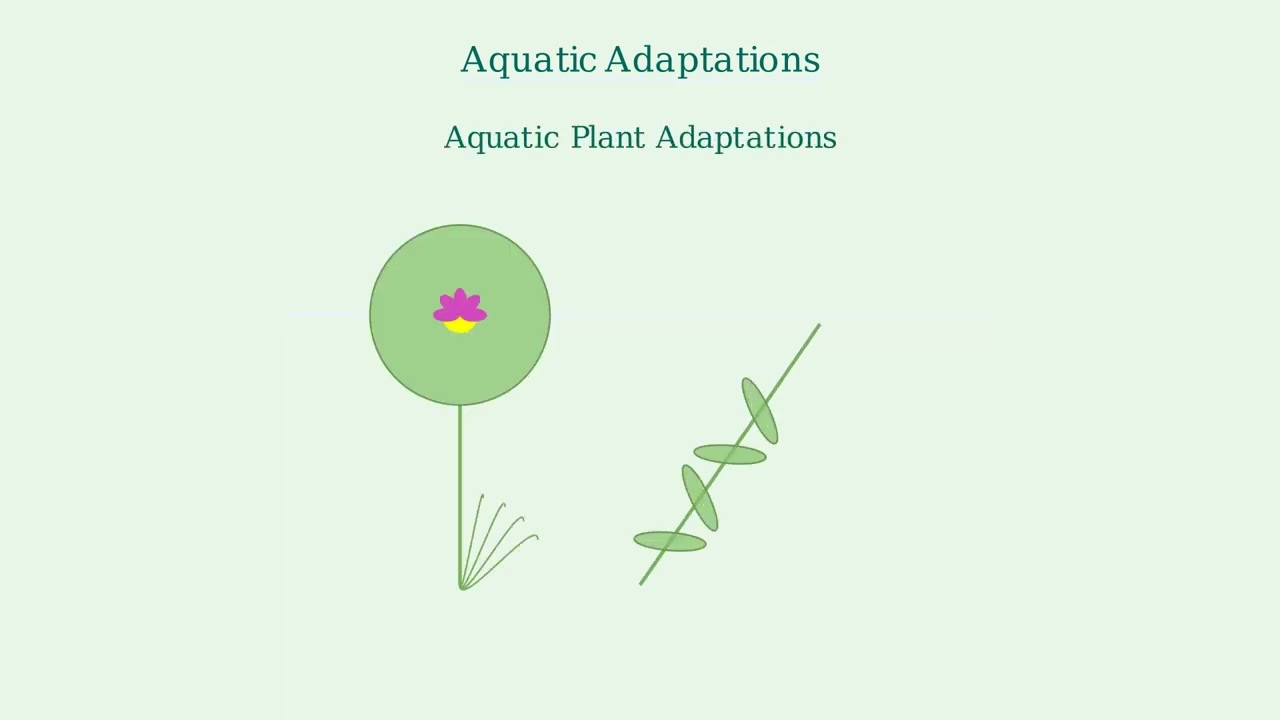
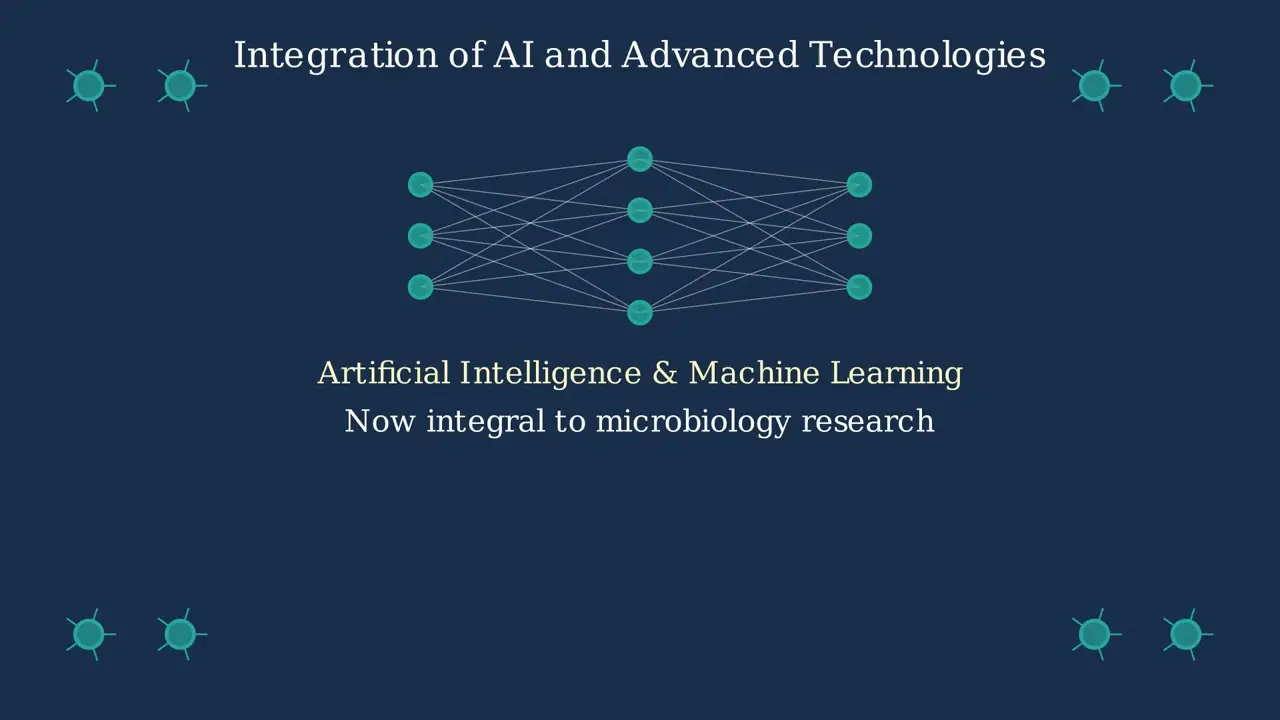
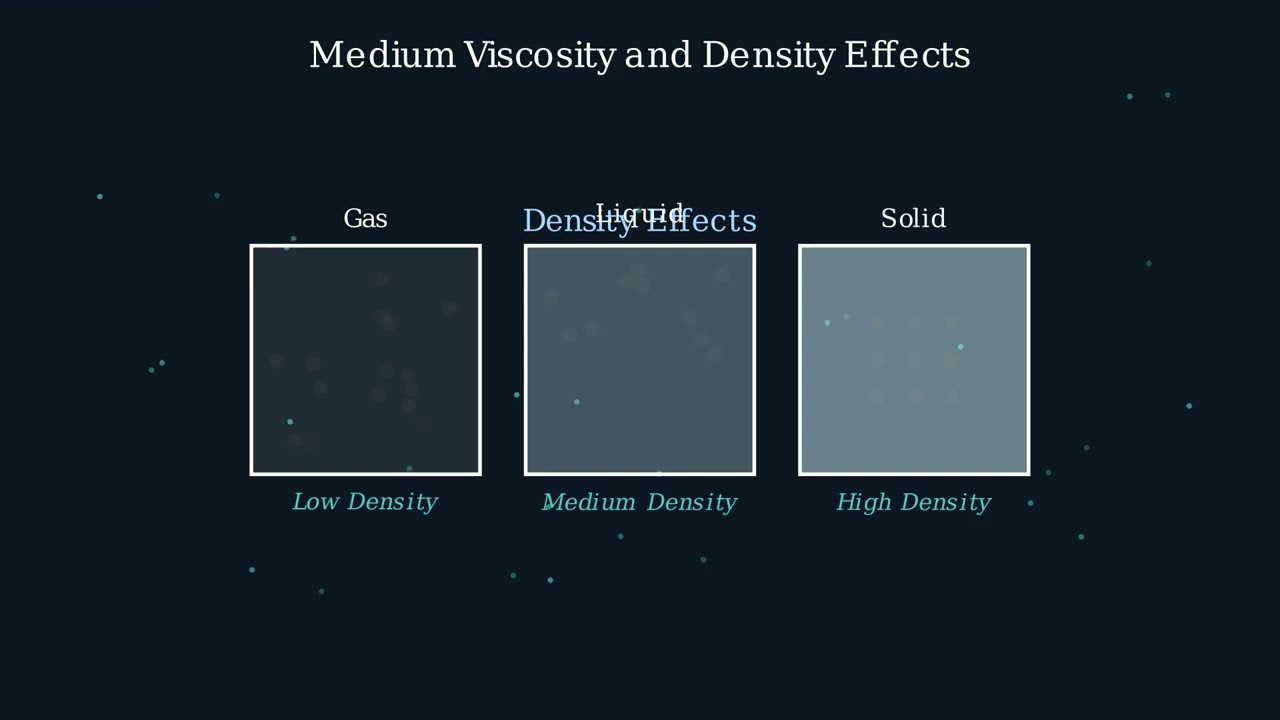
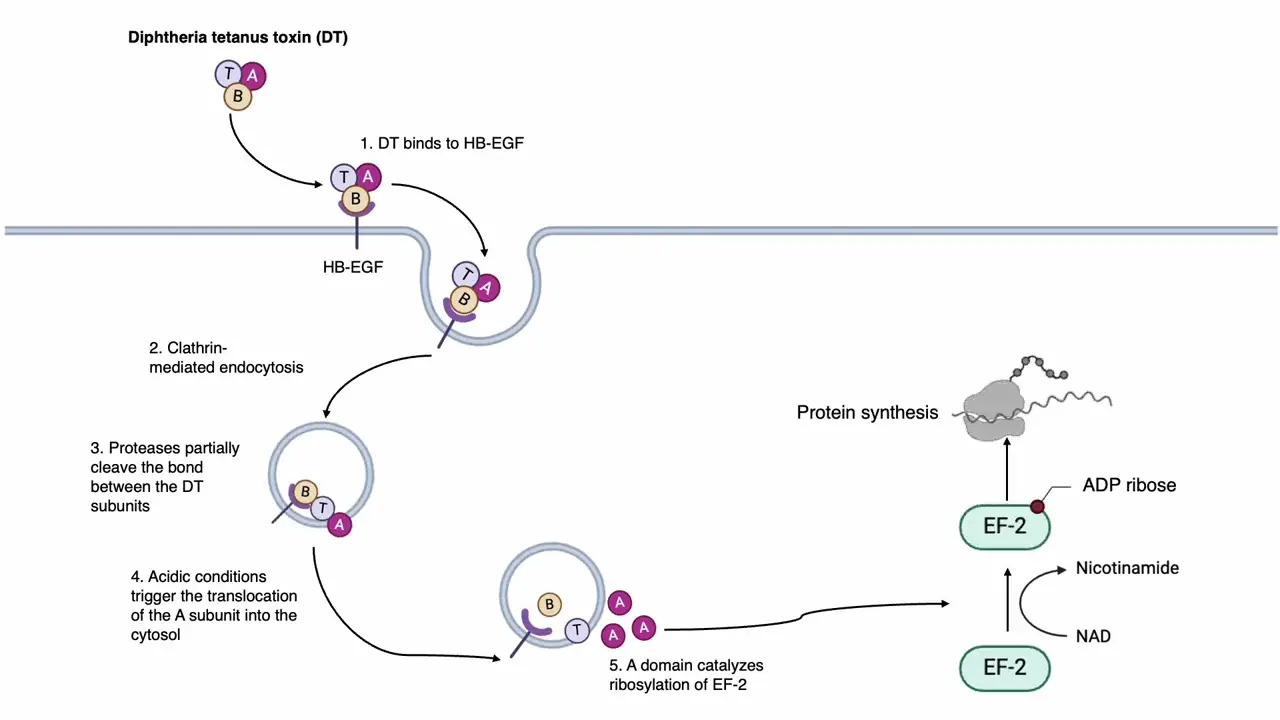
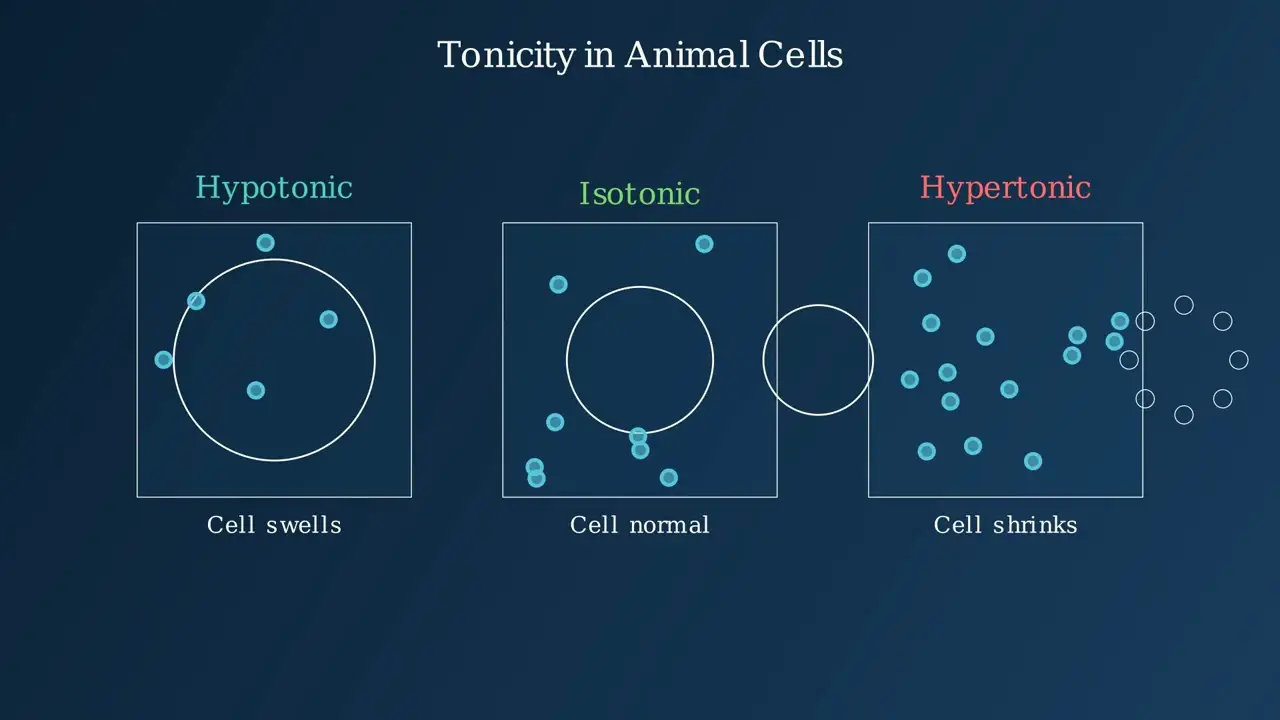
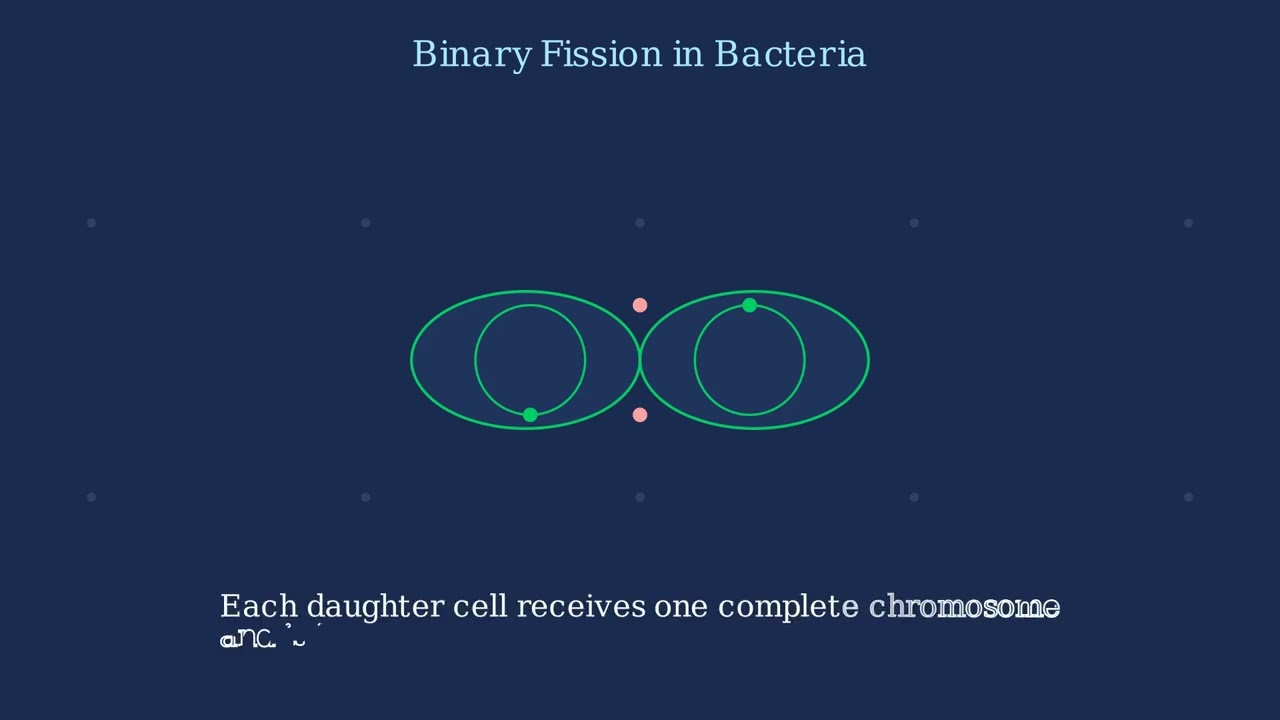
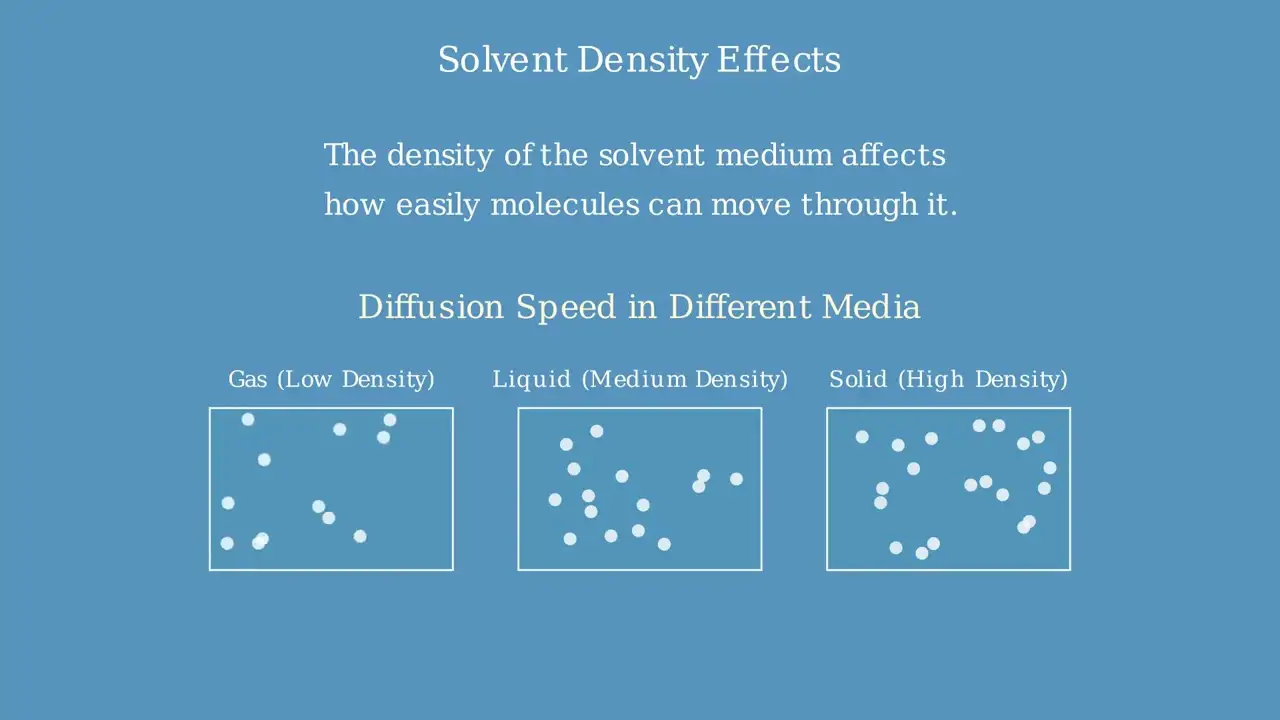
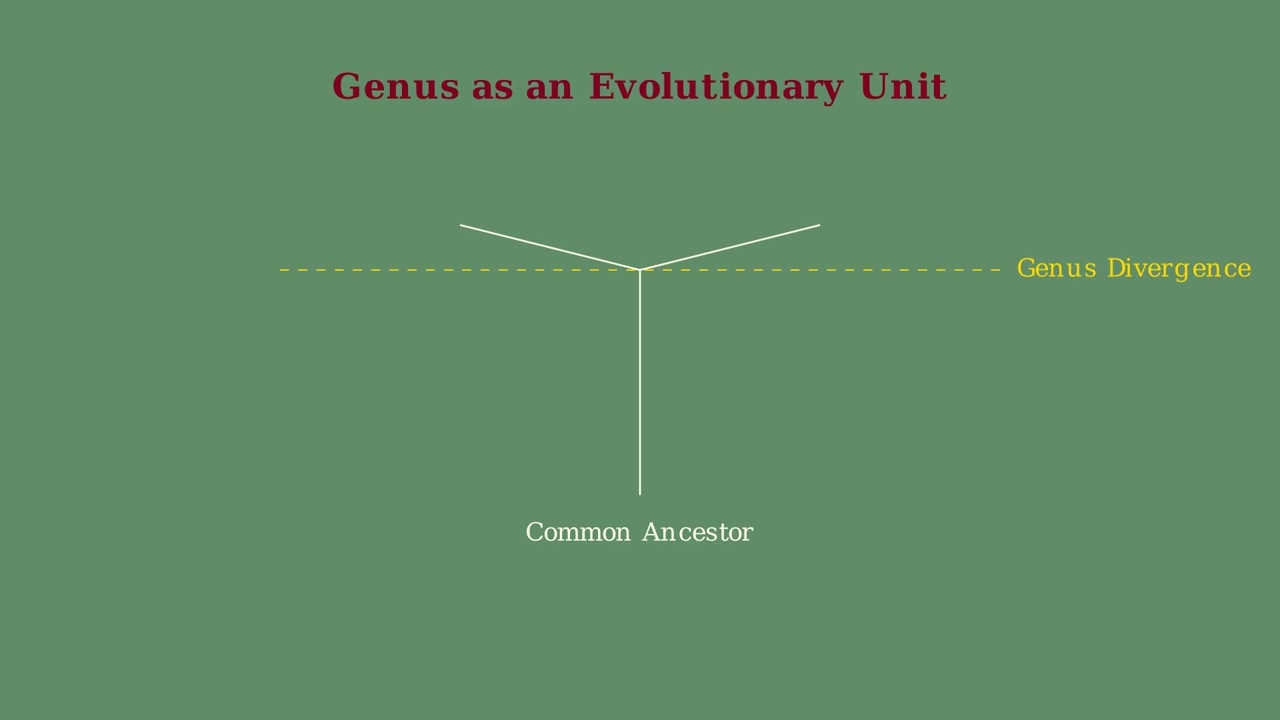
- Text Highlighting: Select any text in the post content to highlight it
- Text Annotation: Select text and add comments with annotations
- Comment Management: Edit or delete your own comments
- Highlight Management: Remove your own highlights
How to use: Simply select any text in the post content above, and you'll see annotation options. Login here or create an account to get started.